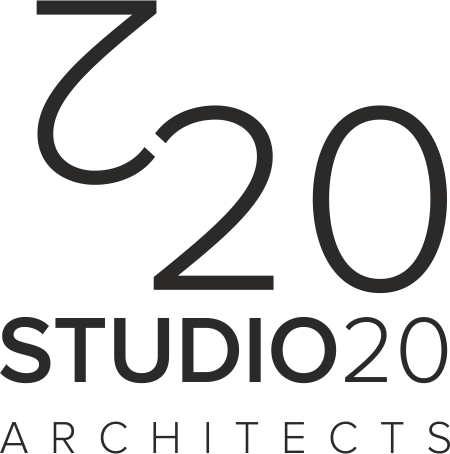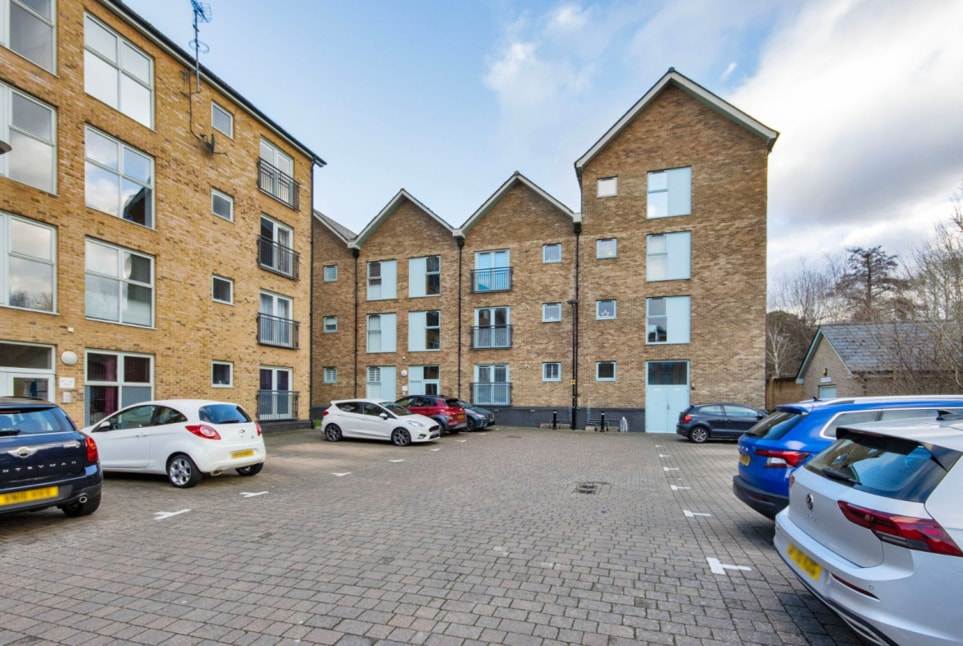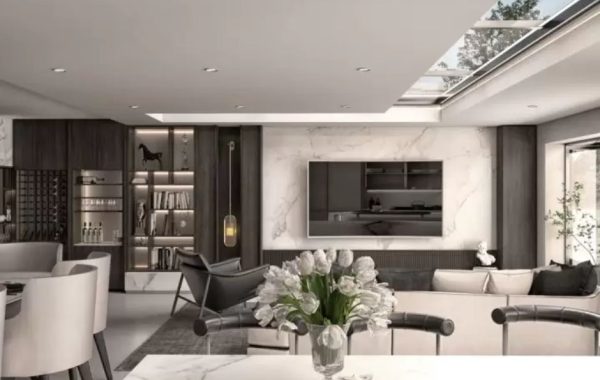Planning Permission in Dartford’s Longfield and New Barn: Hidden Rules, Local Realities & Smart Strategies
Beyond the Map: Why Longfield and New Barn Are Unlike Anywhere Else
Longfield and New Barn aren’t your typical suburban extensions. Perched between rolling Kentish countryside and the expanding commuter belt of Dartford, these neighbouring locales offer a fascinating blend of greenbelt sensitivities, community pride, and development potential. But if you think securing planning permission here is a tick-box exercise, think again. Local planning in this area carries its own tone, texture, and temper.
Understanding the real nuances of planning permission in Longfield and New Barn requires more than browsing through national guidance—it demands local insight, familiarity with Dartford Borough Council’s evolving stance, and a strategic mindset.
What Makes Planning Here So Specific? Five Local Factors to Consider
1. Green Belt Boundaries That Shift With Opinion
Much of Dartford New Barn and parts of Longfield sit close to protected green belt land. While not all of it is restricted, proximity alone triggers enhanced scrutiny. Any proposal that hints at ‘urban sprawl’ is treated cautiously, particularly in New Barn’s more open settings.
2. Distinct Village Identity
Planning officers in Dartford are well aware of how tightly knit the Longfield and New Barn communities are. Even small changes—like rear extensions or dormer conversions—can attract objections if they’re seen to clash with village aesthetics or established rhythms.
3. Traffic & Infrastructure Impacts
The Fawkham Road junction, Longfield Hill bottlenecks, and rural access roads all mean that even minor proposals may be judged on cumulative traffic impact. This is especially relevant for larger developments or house-to-flat conversions.
4. Conservation-Lite but Still Watched
While not officially designated conservation areas, parts of Longfield Hill and New Barn’s older lanes are treated with an “unofficial heritage lens” during applications. Expect close inspection of materials, sightlines, and design harmony.
5. The Role of Parish Councils
Both Longfield and New Barn have active local councils that are consulted on planning applications. Their feedback, though not binding, carries weight—especially in borderline or controversial applications.
Types of Planning Applications You’ll Encounter in Longfield & New Barn
| Type of Work | Application Type | Key Considerations |
|---|---|---|
| House Extensions (Loft, Rear) | Householder Planning | Privacy, overshadowing, roofline conformity |
| Outbuildings & Garden Rooms | Full/Householder or Permitted Dev | Size limits, use cases (e.g. gyms vs. offices) |
| Change of Use (e.g. garage to annexe) | Full Planning | Neighbour objections, overdevelopment, parking impact |
| New Build Dwellings | Full Planning | Density, access, ecology, design harmony |
| Flat Conversions | Full Planning | Refuse storage, garden access, soundproofing |
Insider Tips: How to Boost Approval Chances in 2025
🏡 Pre-Application Advice Is Your Secret Weapon
Dartford Borough Council offers a pre-app service. While it’s not free, it provides valuable insight and can prevent major redesigns later. In Longfield and New Barn, this step often reveals overlooked local objections.
🧱 Design with Local Materials in Mind
Render may pass in one part of Dartford, but it’s often rejected in New Barn’s brick-dominant streets. Echoing existing textures and tones can make or break an application.
🚗 Don’t Skimp on Parking Provision
Even when not explicitly required, lack of adequate off-street parking is a common reason for objections in Longfield and New Barn. Local sentiment leans strongly toward protecting kerbside space.
🌳 Factor in Trees and Hedges Early
The semi-rural nature of New Barn means that even small trees can fall under protection. Engage an arboriculturalist early if your plans involve removing or building near foliage.
📣 Engage with Neighbours Proactively
Because this is a tight-knit area, unexpected objections can derail a smooth process. Speaking with neighbours in advance, or even showing draft plans, often turns potential resistance into support—or at least neutrality.
Common Pitfalls to Avoid
Using Generic Architects or Designers unfamiliar with the Dartford Borough guidelines—always choose someone with local experience.
Assuming permitted development rights apply, especially near green belt fringes—always double-check restrictions.
Ignoring ridge heights or dormer proportions, particularly when trying loft conversions—roof alterations are among the most rejected proposals locally.
The Process at a Glance
Check constraints – Green belt, TPOs, Article 4 directions
Speak to Dartford’s planning team – Use the pre-app service
Prepare thorough plans – Include all elevations, heritage/context where relevant
Submit online via Planning Portal
Wait (and check weekly) – Most applications take 8 weeks
Respond to feedback or objections
Receive decision or appeal if refused
In Conclusion: Build Smart, Build Local
Securing planning permission in Longfield and New Barn isn’t about ticking boxes—it’s about understanding a place. These are not just postal zones—they’re living, breathing communities with deep roots and proud identities.
If you’re considering an extension, conversion, or even a new build in this part of Dartford, your success will depend on how well your project respects what already exists. With proper preparation, local expertise, and genuine engagement, the path from blueprint to bricks can be a smooth one.





